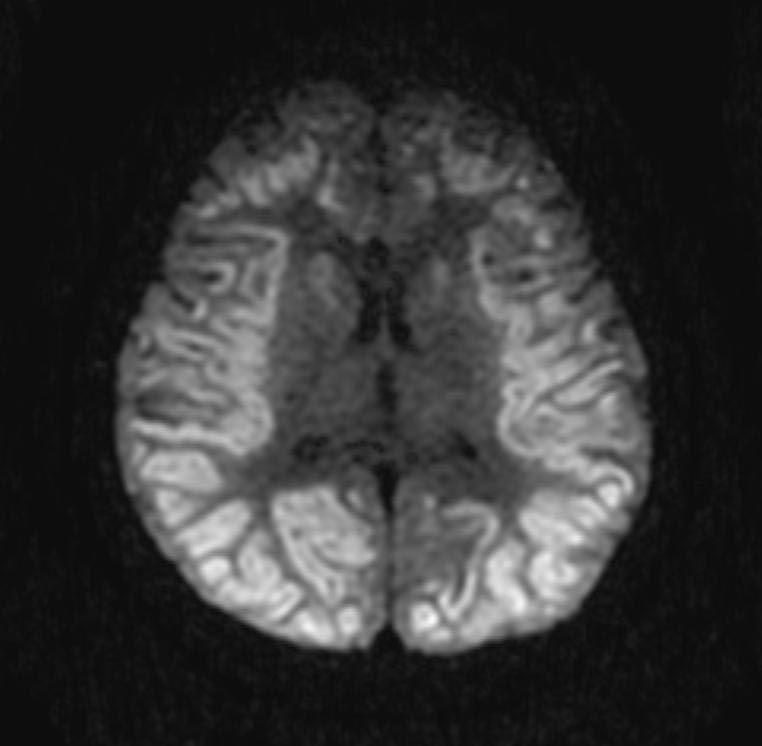|
|
| Line 10: |
Line 10: |
|
| |
|
| :''This article is about "cerebral hypoxia". For other uses of the term "hypoxia", see [[hypoxia]].'' | | :''This article is about "cerebral hypoxia". For other uses of the term "hypoxia", see [[hypoxia]].'' |
|
| |
| == Prognosis ==
| |
|
| |
| Mild and moderate cerebral hypoxia generally has no impact beyond the episode of hypoxia. Severe cerebral hypoxia is another matter. Outcome will depend on the success of damage control measures, the amount of brain tissue deprived of oxygen, and the speed with which oxygen was restored to the brain.
| |
|
| |
| If cerebral hypoxia was localized to a specific part of the brain, brain damage will be localized to that region. The long term effects will depend on the purpose of that portion of the brain. Damage to the Broca and [[Wernicke]]’s areas of the brain (left side) typically causes problems with speech and language. Damage to the right side of the brain may interfere with the ability to express emotions or interpret what one sees. Damage on either side can cause paralysis of the opposite side of the body.
| |
|
| |
| The effects of certain kinds of severe generalized hypoxias may take time to develop. For example, the long term effects of serious carbon monoxide poisoning usually may take several weeks to appear. Recent research suggests this may be due to an autoimmune response caused by CO induced changes in the myelin sheath surrounding neurons.<ref>{{cite news | url = http://www.sciencedaily.com/releases/2004/09/040906083815.htm | title = Long-term Effects Of Carbon Monoxide Poisoning Are An Autoimmune Reaction | author = University Of Pennsylvania Medical Center | date = September 6, 2004 | accessdate = 2007-04-13 | publisher = ScienceDaily}}</ref>
| |
|
| |
| If hypoxia results in coma, the length of unconsciousness is often used as an indication of long term damage. In some cases coma can give the brain an opportunity to heal and regenerate,<ref>{{cite news | url = http://www.newscientist.com/article.ns?id=dn9474&feedId=brain_rss20 | title = 'Rewired brain' revives patient after 19 years | last = Phillips | first = Helen | date = July 3, 2006 | accessdate = 2007-04-13 | publisher = New Scientist}}</ref> but, in general, the longer a coma continues the greater the likelihood that the person will remain in a vegetative state until death.<ref name="NINDS"/> Even if the patient wakes up, brain damage is likely to be significant enough to prevent a return to normal functioning.
| |
|
| |
| The effects of long term comas are not limited to the comatose person. Long term coma can have significant impact on their families.<ref>{{cite web | url = http://www.mayoclinic.com/health/coma/DS00724/DSECTION=10 | title = Coma: Coping skills | author = Mayo Clinic staff | date = May 17, 2006 | accessdate = 2007-04-13 | publisher = Mayo Clinic}}</ref> Families of coma victims often have idealized images of the outcome based on Hollywood movie depictions of coma.<ref>Wijdicks EFM, Wijdicks CA (2006). "The portrayal of coma in contemporary motion pictures". ''Neurology'' '''66''' (9): 1300–1303. PMID 16682658.</ref> Adjusting to the realities of ventilators, feeding tubes, bedsores and muscle wasting may be difficult.<ref>Konig P ''et al'' (1992). "Psychological counseling of the family of patients with craniocerebral injuries (psychological family counseling of severely ill patients)". ''Zentralbl Neurochir'' '''53''' (2): 78–84. PMID 1636327.</ref> Treatment decision often involve complex ethical choices and can strain family dynamics.<ref>Montgomery V ''et al'' (2002). "The effect of severe traumatic brain injury on the family". ''J Trauma'' '''52''' (6): 1121–4. PMID 12045640.</ref>
| |
|
| |
|
| ==See also== | | ==See also== |
